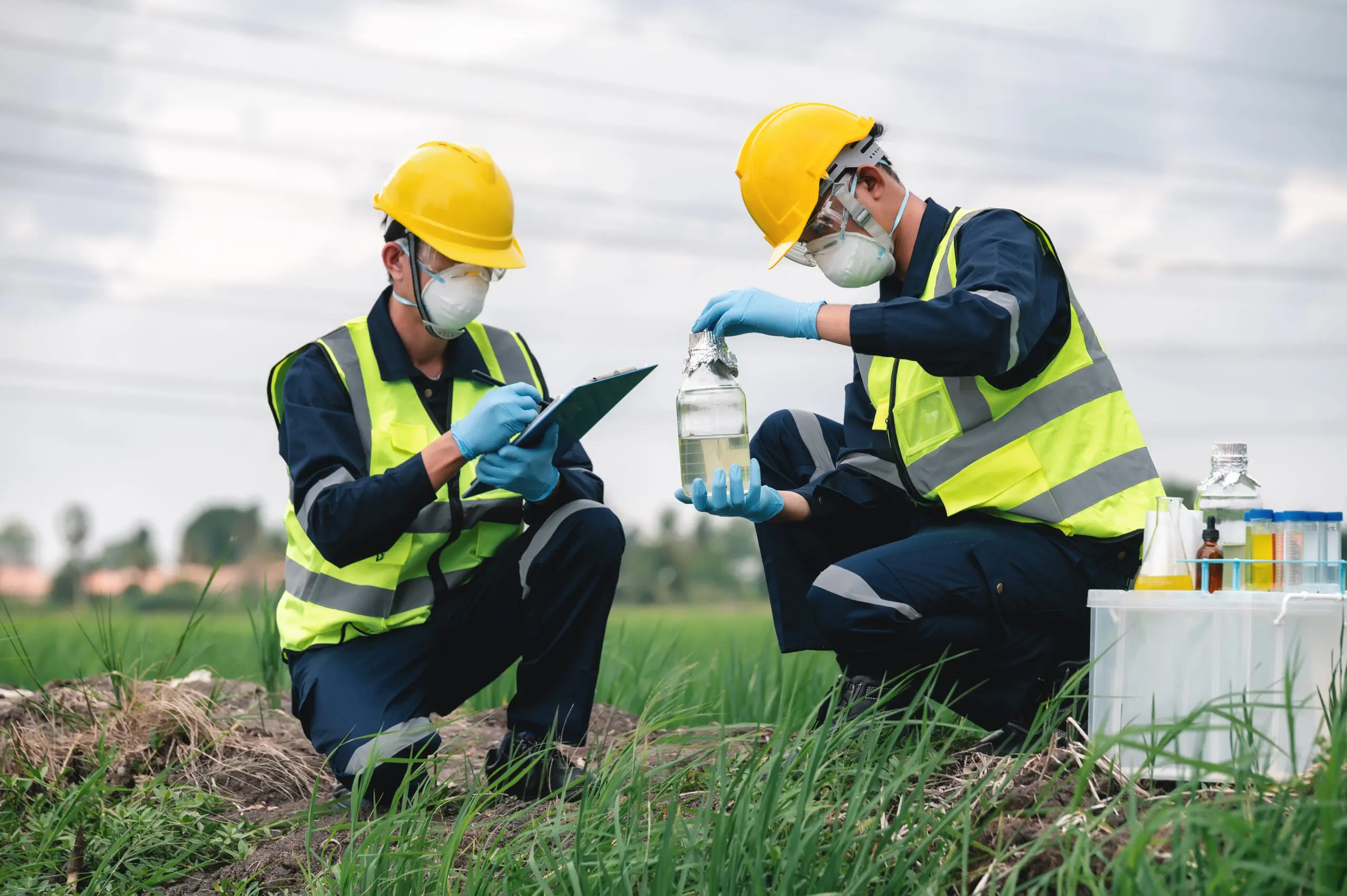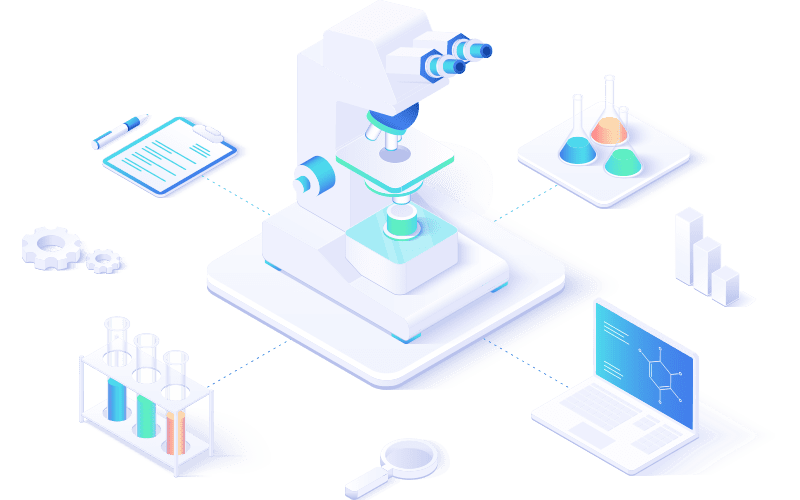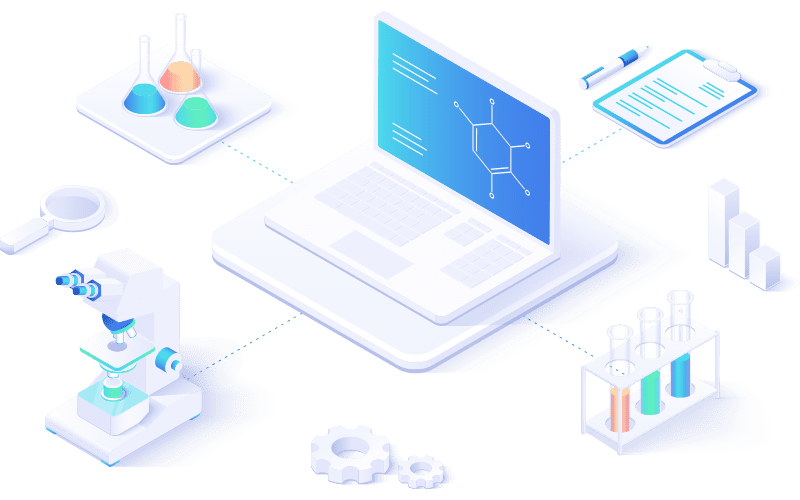
In an era when environmental concerns loom large and sustainability takes center stage, environmental monitoring (EM) laboratories stand as beacons of scientific inquiry, tirelessly conducting various tests that hold the key to understanding and preserving our natural resources.
In contrast to other environmental laboratories that concentrate on specific areas like water, soil, or air quality analysis, EM labs adopt a more comprehensive approach. Their specialties include continuous monitoring, regulatory adherence, long-term studies, ecosystem health assessment, and emergency response. The efforts of these skilled laboratory teams play a pivotal role in unraveling the complexities of the environment, safeguarding its well-being, ensuring regulatory compliance, and advocating for sustainable practices. By understanding more about their analyses, we gain an appreciation for the invaluable insights their testing provides.
Environmental monitoring laboratory testing
EM laboratories specialize in conducting various tests to evaluate multiple ecological factors, contaminants, and potential hazards.
Water quality testing
Whether derived from rivers, lakes, groundwater, or wastewater treatment plants, water quality analysis falls to the experts in EM laboratories. Labs conduct complex testing to quantify parameters such as pH levels, dissolved oxygen content, turbidity, conductivity, and chemical composition. These tests also determine the existence of contaminants like heavy metals, pesticides, pathogens, and organic compounds. By conducting water quality assessments, EM labs determine if the water is safe for drinking or recreational activities, and if the water is healthy for aquatic organisms and ecosystems.
Air quality testing
EM laboratories measure and analyze air samples to gauge pollution levels and identify potential contaminants. Labs test for particulate matter (PM), volatile organic compounds (VOCs), nitrogen oxides (NOx), sulfur dioxide (SO2), carbon monoxide (CO), ozone (O3), and many other factors. Air quality testing monitors compliance with established air quality standards, helps identify health risks, and provides crucial insights to shape environmental and public health policies.
Soil and sediment analysis
EM laboratories conduct comprehensive testing of soil and sediment. The objective is to evaluate contamination levels, nutrient composition, and the potential presence of hazardous substances. Labs examine samples for heavy metals, pesticides, and organic compounds. The outcomes of soil and sediment analysis serve multiple purposes, including assessing soil fertility, evaluating pollutants’ impact on ecosystems, and guiding soil remediation initiatives.
Environmental toxicology
EM laboratories also measure the impacts of pollutants on aquatic ecosystems. Through this type of testing, labs study the chronic toxicity of pollutants, assess the potential for bioaccumulation, and predict the effects of contaminants on different life stages of organisms. The insights gained from environmental toxicology studies aid environmental management strategies and provide valuable information regarding the potential ecological risks.
Microbiological testing
EM laboratories undertake the crucial task of analyzing samples for microbial contaminants, whether from water, soil, or air. These tests determine the presence of
pathogens that may pose risks to human health or adversely affect ecosystems. Microbiological testing is vital in evaluating the safety and integrity of drinking water sources, recreational bodies of water, and environments involved in food production.
The value of environmental monitoring labs
EM laboratories help protect public health by identifying and quantifying environmental contaminants by evaluating air, water, and soil resources. These laboratories facilitate regulatory compliance through their efforts and help guarantee access to clean and secure community environments. These labs also provide essential data for assessing the impact of human activities on the environment.

In addition to their role in regulatory compliance, EM laboratories monitor emissions, pollutant levels, and other key factors to ensure adherence to established standards. In cases where contamination is present, these laboratories assess the scope of pollution, track its dispersion, and monitor the efficacy of remediation endeavors. Their valuable findings guide the development of cleanup strategies and facilitate the restoration of contaminated sites.
EM laboratories also contribute substantially to scientific research by generating data on environmental conditions. Their scientific findings enhance our understanding of ecological dynamics and support the development of effective policies.
How a LIMS could improve EM lab operations
An EM laboratory would greatly benefit from implementing a laboratory information management system (LIMS) due to the unique needs and complexities of managing ecological testing data.
EM laboratories generate vast amounts of data from various testing activities. A LIMS provides a centralized platform for capturing, storing, and managing all data types, including sample information, test results, instrument readings, and quality control data. It streamlines data entry, reduces errors, and allows easy data retrieval, tracking, and analysis.
Environmental samples often go through multiple stages, from collection to analysis. A LIMS enables seamless monitoring of samples throughout their lifecycle, ensuring traceability, chain of custody documentation, and accurate data association. This feature is vital for regulatory compliance, audits, and data integrity.
A LIMS offers workflow automation capabilities, allowing laboratories to streamline and standardize their processes. It automates tasks such as sample login, scheduling, instrument integration, and result calculations, reducing manual effort and improving efficiency. By optimizing workflows, laboratories can handle higher sample volumes, improve turnaround times, and allocate resources more effectively.
Environmental testing also requires stringent quality control measures to ensure accurate and reliable results. A LIMS provides tools for managing quality control data, flagging deviations, and enforcing standard operating procedures (SOPs). In addition, it enables the monitoring of instrument performance, tracks calibration and maintenance schedules, and facilitates result validation. These features enhance data accuracy and support compliance with regulatory standards.
Furthermore, EM laboratories must often generate reports for clients, regulatory authorities, and internal analysis. A LIMS simplifies report generation by providing customizable templates and automating data population, ensuring consistent formatting, traceability, and compliance with reporting requirements and relevant regulations such as ISO/IEC 17025, Environmental Protection Agency (EPA) guidelines, or other specific industry standards. A LIMS also provides robust data security features, including user access controls, audit trails, data encryption, and backup capabilities to ensure data privacy, prevent unauthorized access, and support compliance with data protection regulations.
The LabLynx ELab LIMS is invaluable for an EM laboratory as it enhances data management, sample tracking, workflow optimization, quality control, reporting, instrument integration, and data security. By implementing the ELab LIMS, laboratories can improve operational efficiency, maintain regulatory compliance, and deliver accurate and reliable environmental testing results.
Accelerate Your Lab's Success & Experience LabLynx
"*" indicates required fields
Explore the LabLynx Suites

LIMS Suite
Seamless Sample and Workflow Management
The LabLynx LIMS Suite empowers laboratories with the tools needed to manage samples, workflows, compliance, and more in one centralized system. It’s the backbone for labs seeking efficient, reliable, and scalable management solutions.

ELN Suite
The LabLynx ELN Suite offers a modern approach to managing lab data and experiments. With its secure, intuitive platform, your team can record, store, and collaborate effortlessly, supporting innovation every step of the way.

Lab Automation
Automate for Efficiency and Growth
Streamline operations and boost productivity with the LabLynx Lab Automation Suite. Designed for labs ready to embrace advanced automation, this suite integrates systems, instruments, and workflows to deliver efficiency at scale.
